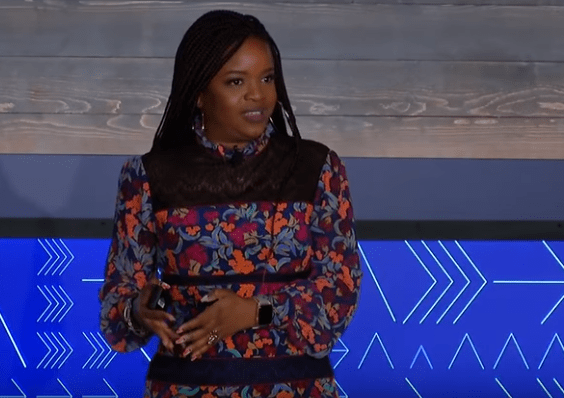[ad_1]
Activist, educator and writer Brittany Packnett delivered a riveting break down of intersectionality during the New Rules Summit: Women, Leadership and a Playbook for Change in September.
During the conference hosted in Brooklyn by The New York Times, Packnett explained the interplay of racism and sexism and how it forces women of color to navigate in the workplace and through the world.
In the #MeToo era where women’s issues are being publicized on social media and White women such as Bette Milder are comparing race and gender, Packnett decided to explain the intersectionality.
“It’s a word we often hear but rarely understand,” the advocate said. “Now it seems to be a word on everyone’s lips… But this concept is not new. Black leaders and thinkers throughout the 20th century provided the foundation upon which starlets now give Emmy speeches.”
Packnett credited the origin of the word to a 1989 essay by Kimberle Crenshaw. She then cited American civil rights activist W.E.B. DuBois’ theory on the “twoness” of Black life to explain the difficulty of being a woman of color, faced with both sexism and racism.
“Some of us have lived intersectionality all our lives. I am a woman of color. For me, intersectionality is not a fad or a theory. It is my life.”
The former teacher continued:
“Intersectionality is real to me and I don’t get to just put it down when the mood suits me or dismiss it when it confronts my privilege. It is not merely that some days I experience racism and other days I experience sexism. Rather it is that oppression shows up differently for me than it does for Black men or for White women. Intersectional oppression is just different.”
Hear Packnett’s 11-minute speech below.
[ad_2]
Source link

